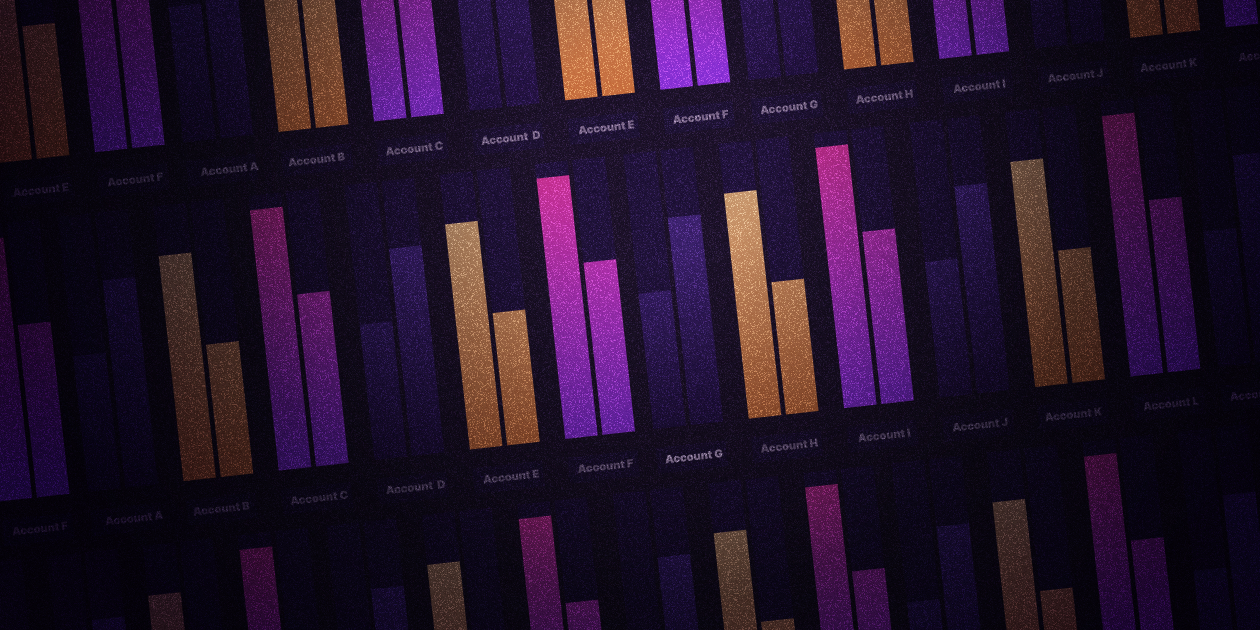
The Business Model Changes 1033 Demands for Data Aggregators
As the financial sector grapples with the upcoming changes due to Regulation 1033, data aggregators are standing at a significant crossroads. The shift from traditional data collection methods like screen-scraping to more advanced, secure, and standardized methods such as APIs (Application Programming Interfaces) and OAuth opens a new realm of possibilities. This transition provides a pivotal opportunity for data aggregators to reshape their business models, focusing on enhanced security, efficiency, and innovation.
Opportunities for Data Aggregators
- Embracing Secure and Efficient Data Transfer: The proposed rule mandates the transition from screen scraping to API-based data transfers, offering a more secure and efficient means of data collection. This move paves the way for data aggregators to develop new technologies and enhance their services in line with the advanced security standards required by the regulation.
- Standardization and Quality of Data: Regulation 1033 aims to provide data in a standardized format, which is expected to improve the quality and reliability of the data aggregators can access. This could enhance the accuracy of financial insights and analytics provided to consumers and financial institutions.
- Expanding Services and Revenue Streams: With the regulation requiring banks and credit unions to provide comprehensive data, including terms, conditions, and transaction details, data aggregators can capitalize on this wealth of information to develop new services. This includes providing consumers with more detailed product comparison information and innovative financial tools.
- Competitive Edge in Payments: The ability to initiate payments to and from accounts, as required under the proposed rule, could provide a significant opportunity for data aggregators, particularly those like Plaid, looking to expand into the payments sector. This could lead to developing new financial products and services centered around payment facilitation.
- Consumer Empowerment and Transparency: The new rules emphasize consumer control over their financial data, creating an opportunity for data aggregators to develop consumer-centric services. This includes tools for better management of personal finances and informed decision-making by providing transparent and detailed financial data.
- Compliance and Collaboration with Financial Institutions: The new regulatory landscape may foster a more collaborative environment between data aggregators and financial institutions. By ensuring compliance with standardized data-sharing practices, data aggregators can form stronger partnerships with financial institutions, leading to mutually beneficial outcomes.
Conclusion
Regulation 1033 represents a transformative phase for data aggregators in the financial sector. As the industry moves towards a more open and secure data-sharing environment, data aggregators are uniquely positioned to leverage these changes. By adapting their business models to focus on secure, efficient, and consumer-centric data services, they can not only comply with the new regulations but also explore new avenues for growth and innovation.
In this evolving landscape, how can data aggregators harness these opportunities to redefine their role in the financial ecosystem and offer enhanced value to consumers and financial institutions?
References
- How data sharing could change under CFPB's proposed new rules
- CFPB Proposes Financial Data and Open Banking Rule
- CFPB Issues Proposed ‘Personal Financial Data Rights’ Rule
- How data sharing could change under CFPB's proposed new rules




